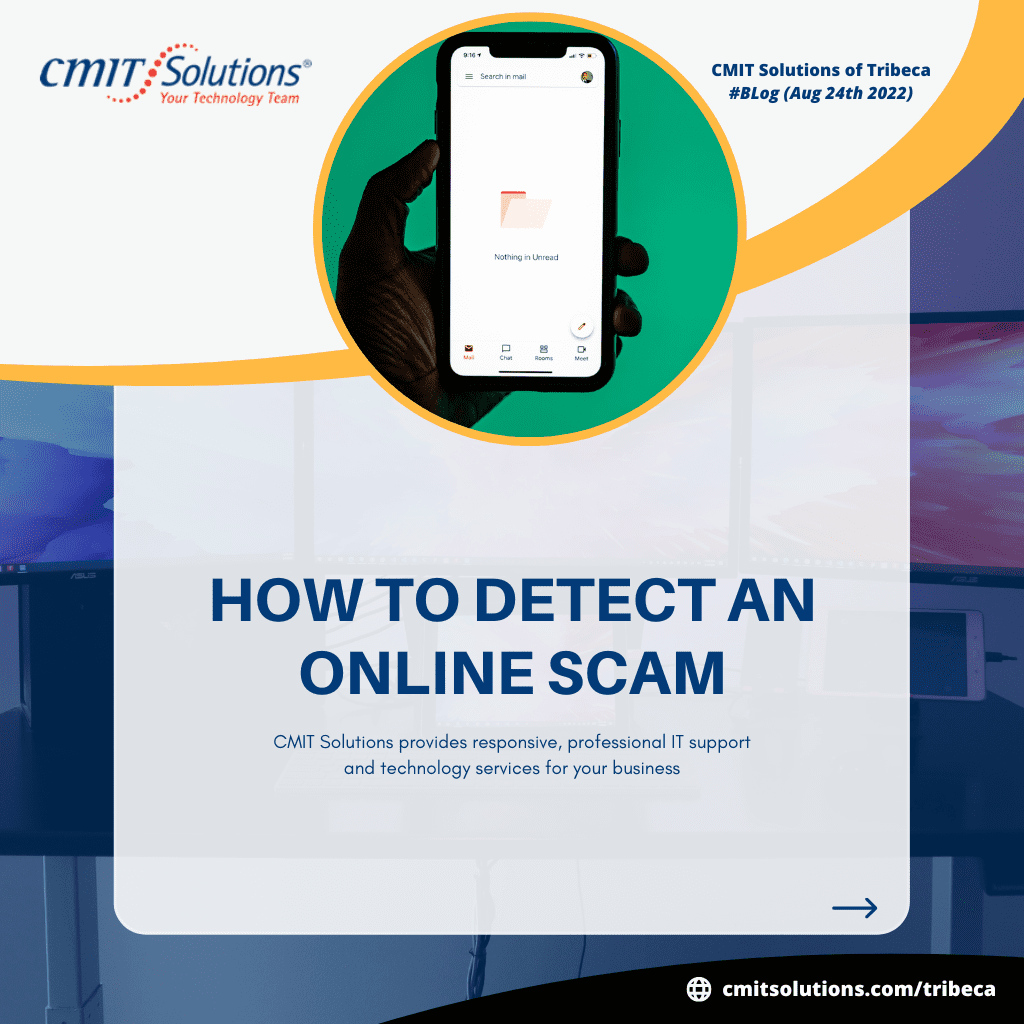How to Detect an Online Scam
It can be impossible to know whether an online offer is a scam. After all, if it looks too good to be true, it probably is. Wrong. There are some essential things you can look for that will help you spot a scam a mile away. Read further to find out what they are!
Personal Information
If you’re sharing personal information online, it’s essential to be aware of the potential for scams. There are some crucial things to look for that can help you detect an online scam fraud:
1. Check the URL of the website you’re on. If it seems suspicious or doesn’t match the name of the website you were expecting, it could be a scam.
2. Be wary of any website asking for personal details such as your Social Security numeral, bank account details, or credit card number. These are entire red flags that you may be dealing with a scammer.
3. If you’re ever asked to pay for something upfront before receiving anything in return, that’s another sign that you may be scammed.
4. If someone seems too good to be true, they probably are. Be cautious of anyone who reaches you out of the blue, offers incredible deals, or promises financial gain on call.
5. Finally, trust your gut instinct. If something feels off about a website or situation, it’s better to err on the side of caution and avoid giving out any personal information.
Fraudulent Websites
There are many ways to determine if a website is legitimate or not. Here you’ll get to know some tips to help you in avoid online scams:
-Check the URL of the website. A legalized website will have a URL that starts with “HTTPS://,” while a fraudulent website will often have a URL that begins with “HTTP://.”
-Look for misspellings in the URL. Fraudulent websites often have URLs that contain common words or brand names misspellings.
-Check the site’s contact information. A legitimate website will have an easily accessible contact page with accurate information. A fraudulent website may have no contact information or inaccurate contact information.
-Research the site online. Use a search engine to seek reviews or general information about the site. It may be suspicious if there is minimal information available about the site.
Wiring Money
When wiring money, it is essential to be sure you are sending it to a legitimate recipient. There are a few key elements to look upon that may indicate that you are being scammed:
-The recipient’s name may not match the name on the account that you are sending the money.
-The routing number and account number may not be valid.
-You may be asked to send the money through a third-party service.
If you are unsure about the recipient’s legitimacy, it is best to err on the side of caution and not send the money. There are many other ways to send money that are more secure.
When you wire money to someone, there is always the risk that it could be a scam. There are some key features that you can do to help detect online fraud, though. First, ensure you know the person you are wiring money to. If you don’t know them, then do some research on them. See if they have a good reputation online and have been involved in any scams in the past. If they have, then you should be wary of wiring them money. Also, make sure that you are wiring money to a legitimate account. Scammers will often use fake accounts to try and steal your money. So, before you wire any money, make sure you do so to a legitimate account. Finally, keep a keen eye on your bank account. Seeing any suspicious activity, such as large withdrawals or transfers, could be a sign that someone has stolen your money. If you see anything suspicious, then contact your bank immediately.
Too Good to Be True
If something appears too good to be true, it probably is. This is critical true when it comes to online scams. Scammers are always looking for ways to take advantage of people, and they often do this by promising something that appears too good to be true.
If you’re ever unsure whether something is a scam, the best thing to do is research it before giving any personal information or money. Many online resources can help you determine if something is a scam, so take advantage of them.
The minimum line is that if something seems too good to be true, it probably is. Don’t let yourself be scammed – stay alert and always be cautious when dealing with anything online.
It probably is if you come across the path of an online offer that seems too good to be true. Be wary of any deal that appears out of the ordinary or requires you to act quickly before it expires if an offer seems too good to be true. Research to see if other people have reported it as a scam. You can also check with the Better Business Bureau to see if there are any complaints about the company.
Conclusion
If you think you may have been scammed online, there are a few steps you can take to try and recover your money. First, get in touch with the company or website where you made the purchase and try to resolve the issue with them. If that doesn’t work, file a complaint with the Federal Trade Commission or your local consumer protection office. You can try to reach to your credit card company and see if they can help you get your money back. Finally, if all else fails, contact law enforcement to see if they can assist you in getting your money back.



